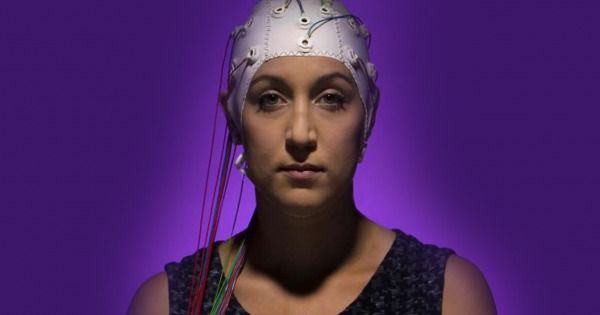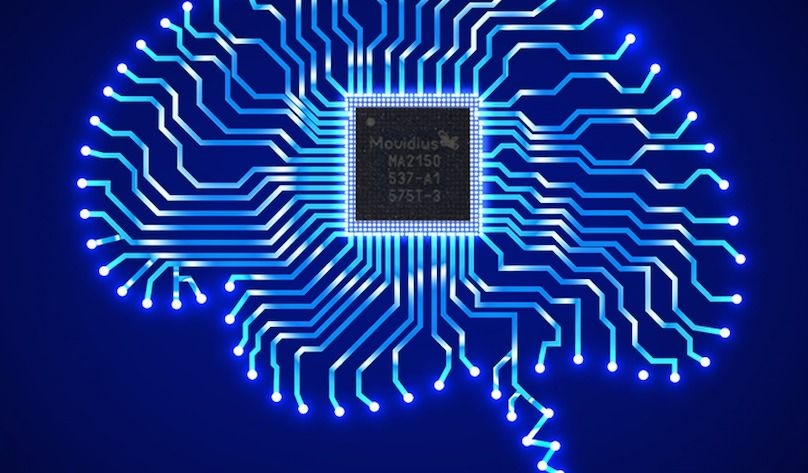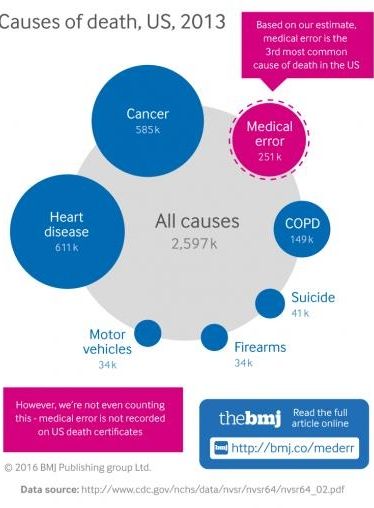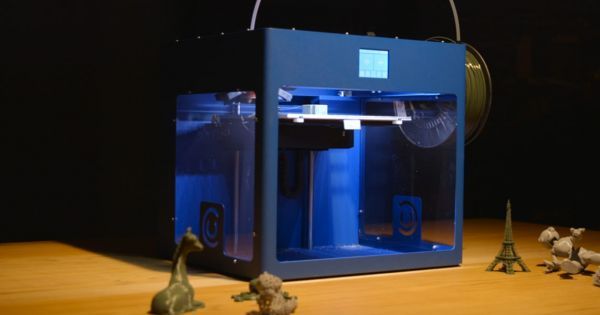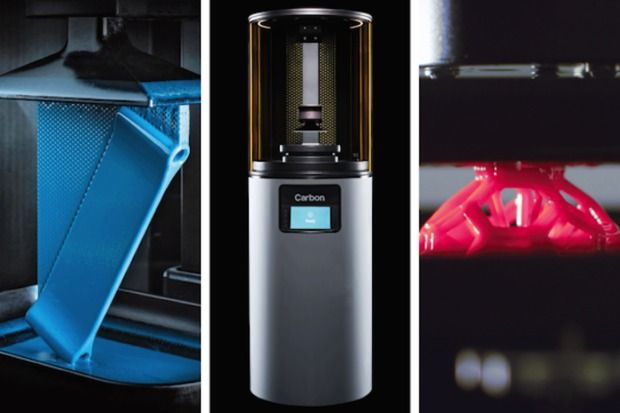May 8, 2016
Scientists Can Now Identify Individuals Based on Brain Waves—And It’s 100% Accurate
Posted by Shailesh Prasad in category: neuroscience
Researchers discovered that people respond to stimuli differently enough that it is possible to create a unique signature, a brainprint, that could one day replace fingerprints in a number of instances.
For the longest time, the world has relied on fingerprints as a way to easily identify individuals. This is because a fingerprint is unique (and permanent) for each person—so what happens when someone’s fingerprint is stolen? This may sound a little farfetched, but it is easy enough to take a fingerprint from another, you just need to swipe a glass that they held.
And of course, you can’t grow a new finger to replace the print. This means that, when it gets compromised, it’s compromised forever. But now, researchers from Binghamton University have found a more efficient way to identify people—using brain waves.
